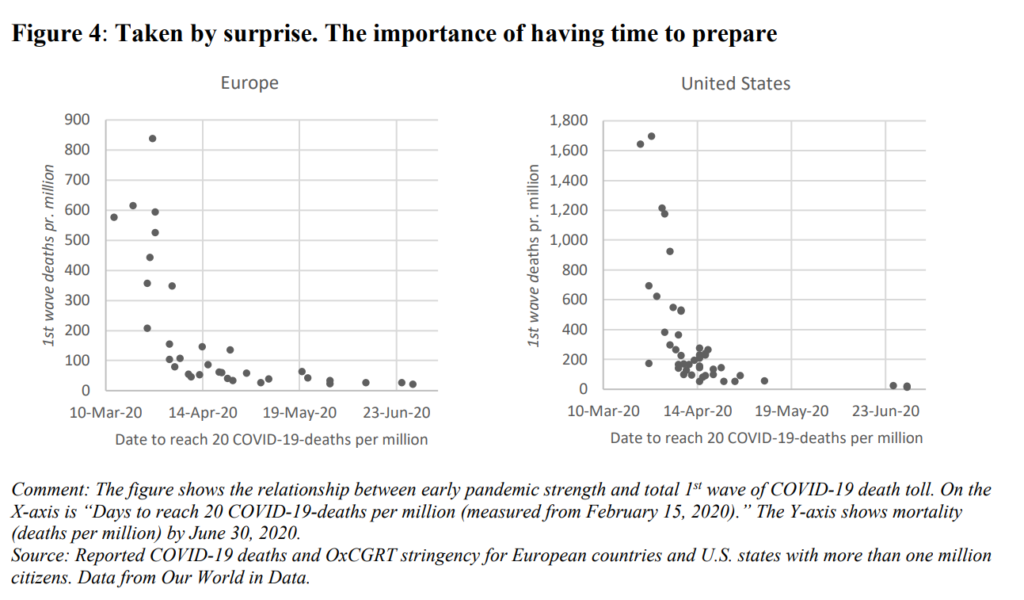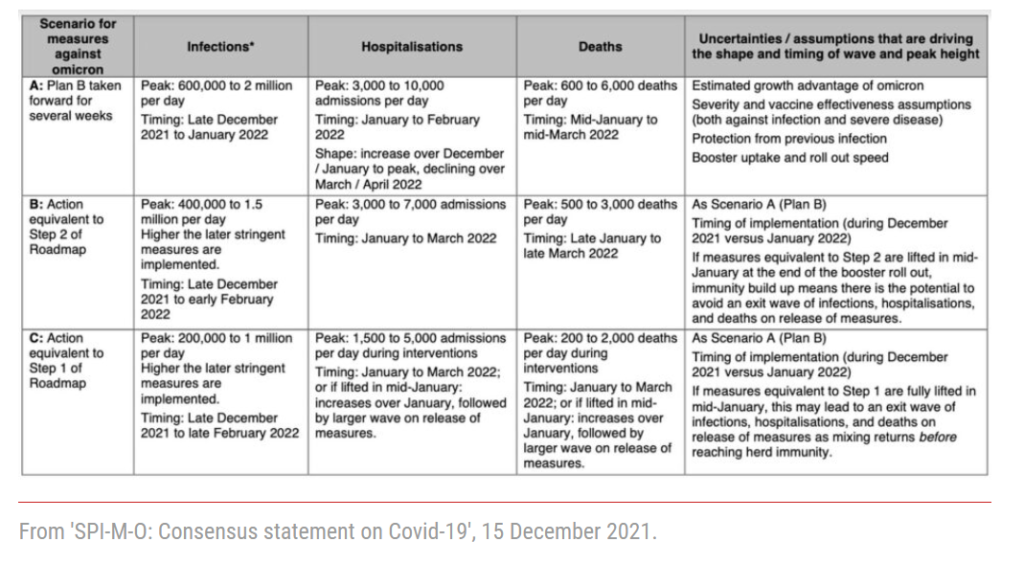Graphic:

Abstract:
This systematic review and meta-analysis are designed to determine whether there is empirical
evidence to support the belief that “lockdowns” reduce COVID-19 mortality. Lockdowns are
defined as the imposition of at least one compulsory, non-pharmaceutical intervention (NPI).
NPIs are any government mandate that directly restrict peoples’ possibilities, such as policies that
limit internal movement, close schools and businesses, and ban international travel. This study
employed a systematic search and screening procedure in which 18,590 studies are identified
that could potentially address the belief posed. After three levels of screening, 34 studies
ultimately qualified. Of those 34 eligible studies, 24 qualified for inclusion in the meta-analysis.
They were separated into three groups: lockdown stringency index studies, shelter-in-placeorder (SIPO) studies, and specific NPI studies. An analysis of each of these three groups support
the conclusion that lockdowns have had little to no effect on COVID-19 mortality. More
specifically, stringency index studies find that lockdowns in Europe and the United States only
reduced COVID-19 mortality by 0.2% on average. SIPOs were also ineffective, only reducing
COVID-19 mortality by 2.9% on average. Specific NPI studies also find no broad-based evidence
of noticeable effects on COVID-19 mortality.
While this meta-analysis concludes that lockdowns have had little to no public health effects,
they have imposed enormous economic and social costs where they have been adopted. In
consequence, lockdown policies are ill-founded and should be rejected as a pandemic policy
instrument.
Author(s): Jonas Herby, Lars Jonung, and Steve H. Hanke
Publication Date: January 2022
Publication Site: Johns Hopkins Institute for Applied Economics



